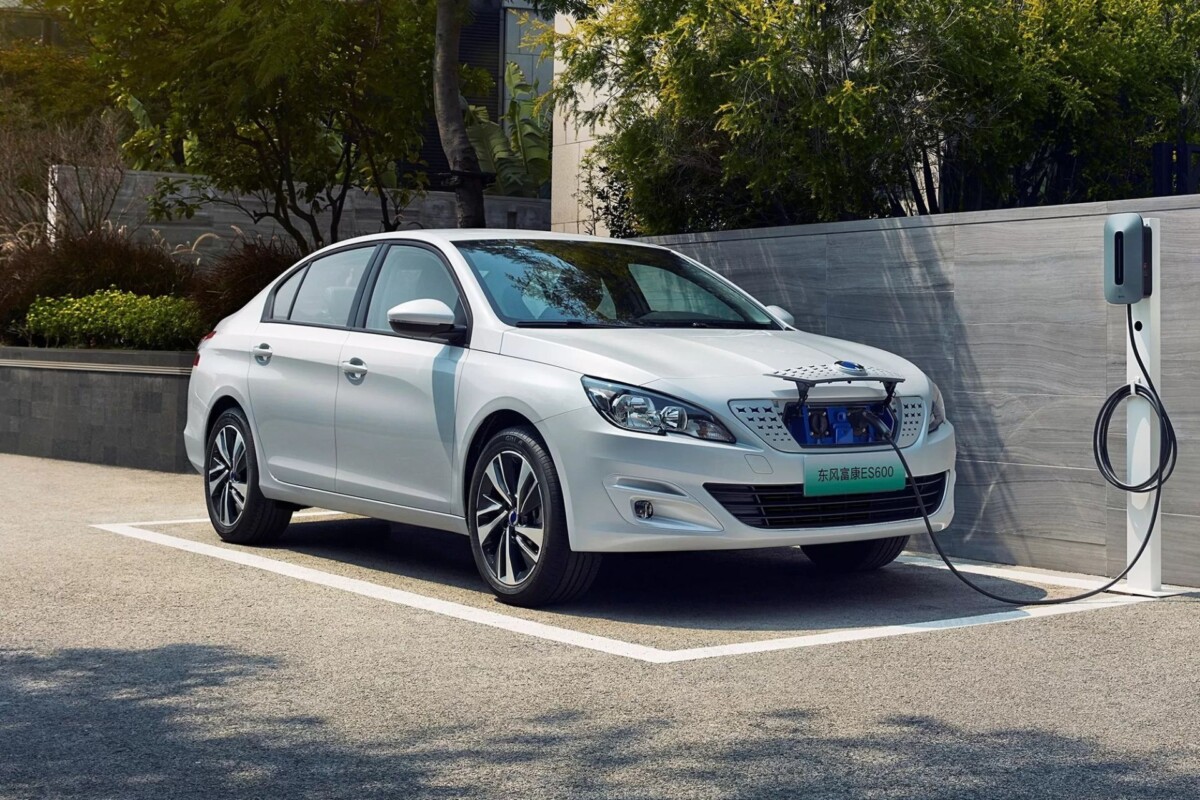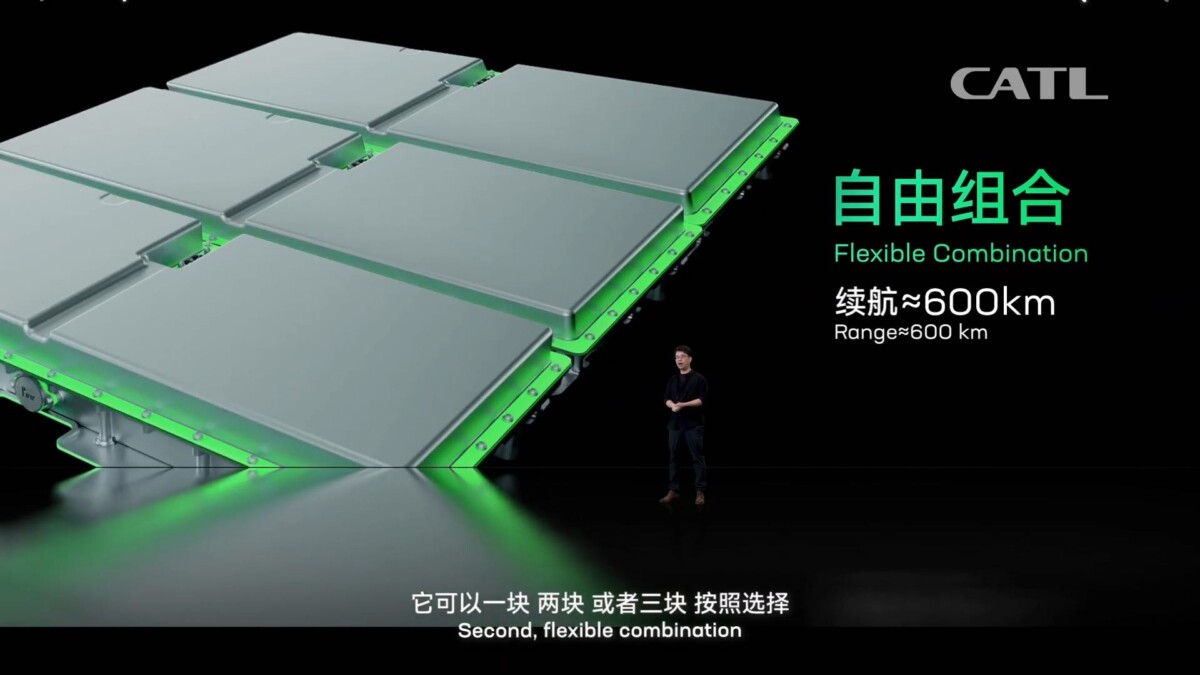Like Nio, CATL also offers its battery exchange stations to “recharge” the latter in less than five minutes. CATL stations are now compatible with three models of electric cars, including one designed in partnership with Peugeot: the 408 in Chinese version. But with a rather disappointing autonomy.
Article updated on October 31, 2022:
Chinese media IT Home specifies the autonomy of this Chinese Peugeot 408 as well as the duration of the battery exchange operation. In total, the Dongfeng Fukang ES600 can count on a range of 410 km on the Chinese mixed CLTC cycle (i.e. around 350 km on the European WLTP cycle), which is quite low. It will take him approximately three minutes to exchange the different modules forming the battery.
Original article from October 25, 2022
: To charge an electric car, the most obvious solution is to plug it into a socket or a fast terminal. But today, new alternatives are developing, such as battery swapping. While Nio is the best-known company to offer this system, first in China and more recently in Europe, others have also followed suit. This is particularly the case of MG, in partnership with the Chinese giant CATL specializing in the development of batteries.
A Sino-French vehicle
The latter also created his own company last January, then specializing in the creation of battery swapping. Baptized Evogo, it is operated by CATL’s subsidiary, Contemporary Amperex Energy Service Technology (CAES) and has already signed partnerships with several brands.
As the site explains CNEVPost, the first model to be compatible with these infrastructures is the NAT (Next Automatic Taxi) from the Chinese brand Bestune, aiming in particular to develop in the carpooling market. Last April, CATL also signed a partnership with Aiways to develop a version of the U5 compatible with battery swapping.

Today, a new agreement has just been concluded, this time between CATL and Dongfeng Peugeot-Citroën. This will allow a third vehicle to take advantage of this technology. This is the Dongfeng Fukang ES600, which is obviously not marketed in France, but whose style should however remind you of something.
In effect, this car totally unknown in our region is based on the Chinese Peugeot 408, itself based on the Peugeot 308. In reality, it is a trunk version of the 2nd generation compact, sold with us from 2013 to 2021.
A specific battery
This Dongfeng Fukang ES600 is therefore an electric Peugeot 408
, which has nothing to do with the new generation just launched with us. The Chinese model then embarks as a reminder a 150 horsepower engine, while its speed is limited to 140 km / h as explained by the site Car News China.
The new version co-developed by CATL should be equipped with batteries specifically designed to be compatible with exchange stations. It is then an accumulator baptized Choco-SEB and designed by the Chinese firm, using the CTP (cell-to-pack) technology, which then integrates the cells directly into a pack, without using modules. A more reliable system that also increases the energy density of the batteries.

According to CATL, a single block (26.5 kWh) can then provide a range of around 200 kilometres. It will be possible for customers to install several (up to three to reach 79.5 kWh), depending on their needs, to achieve around 600 km of autonomy on the Chinese CLTC mixed cycle.
If Nio’s battery exchange system is starting to arrive in Europe, and in particular in Norway and Germany, the one mentioned in our article is currently limited to China. The first station was indeed installed last April in Xiamenwhile another has also sprung up in Hefei, in the east of the country.
https://www.frandroid.com/marques/nio/1501594_voiture-electrique-on-a-essai-la-recharge-des-batteries-en-five-minutes-and-cest-bluffing
To follow us, we invite you to download our Android and iOS application. You can read our articles, files, and watch our latest YouTube videos.
